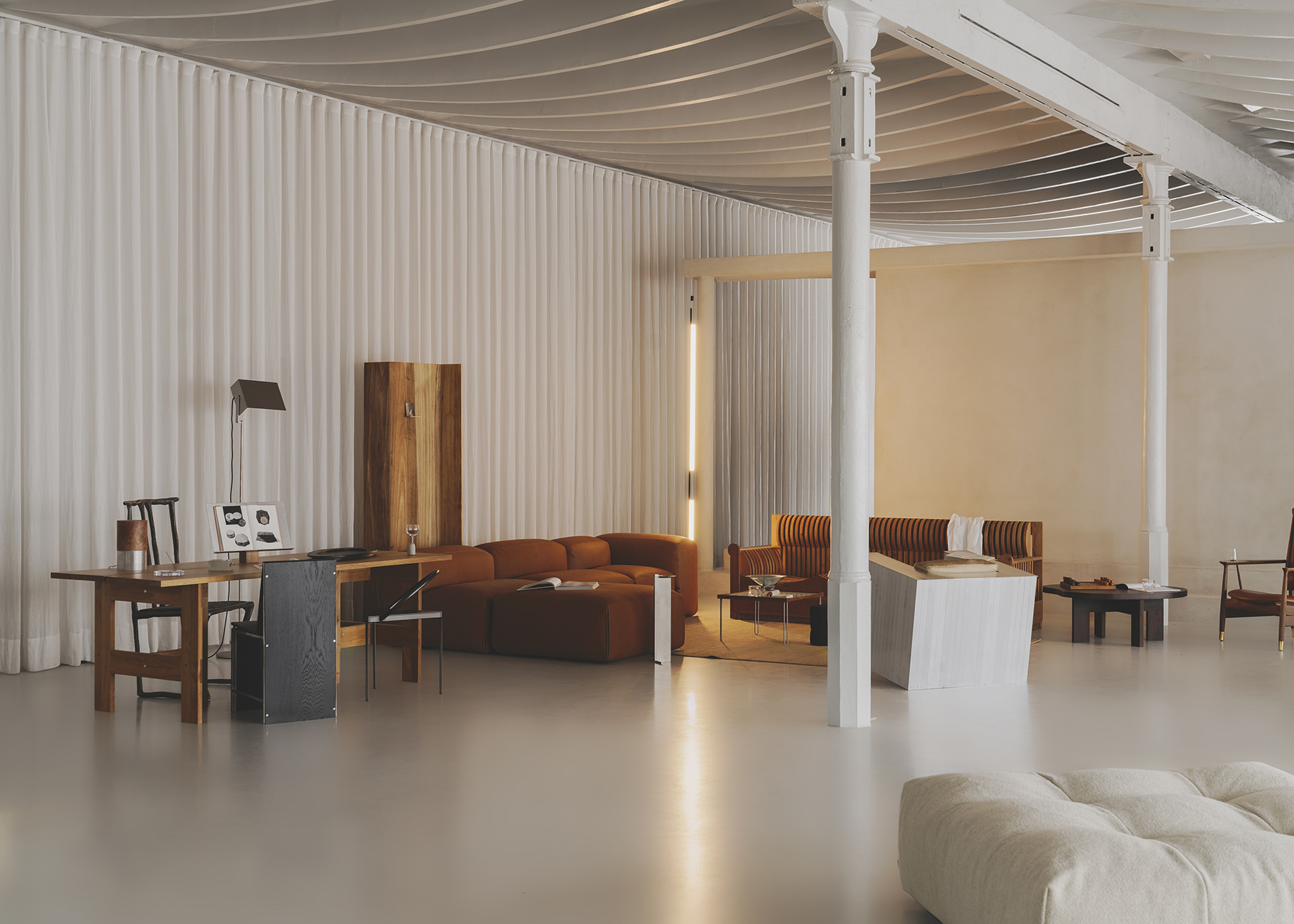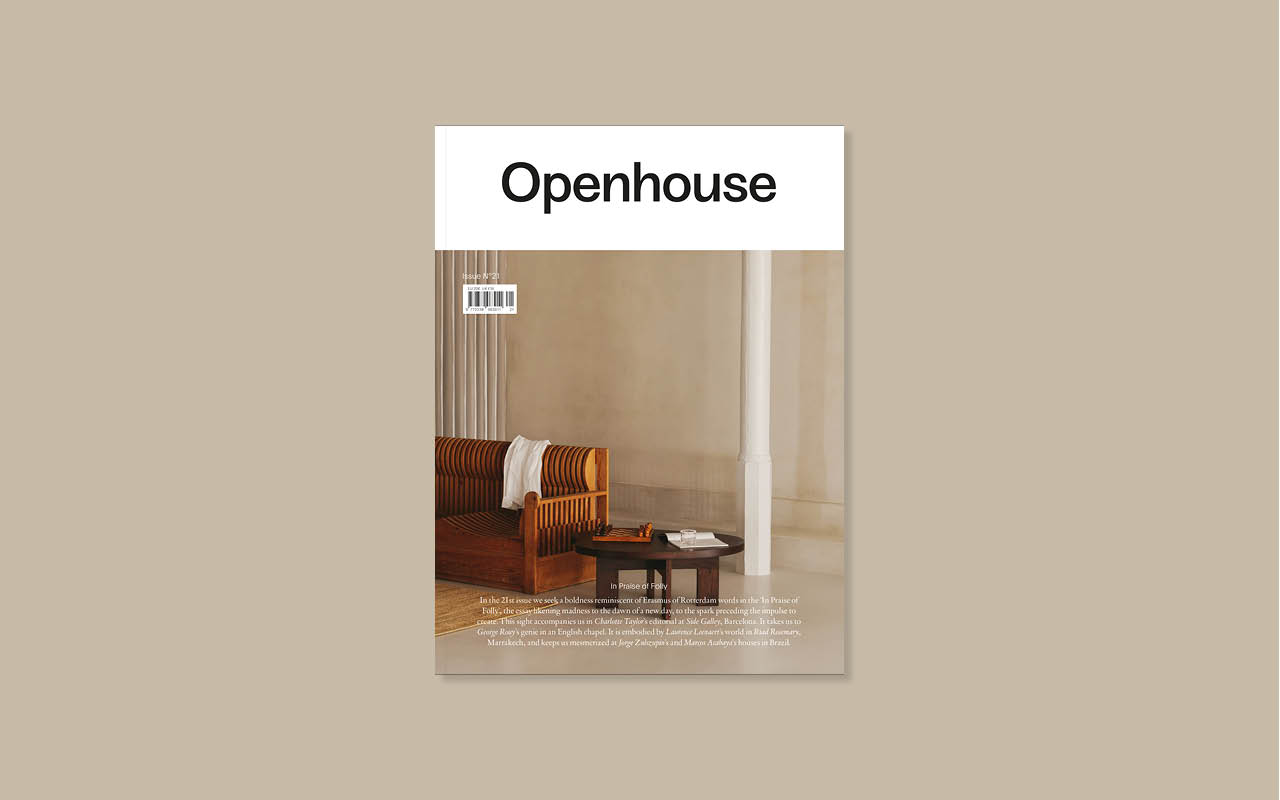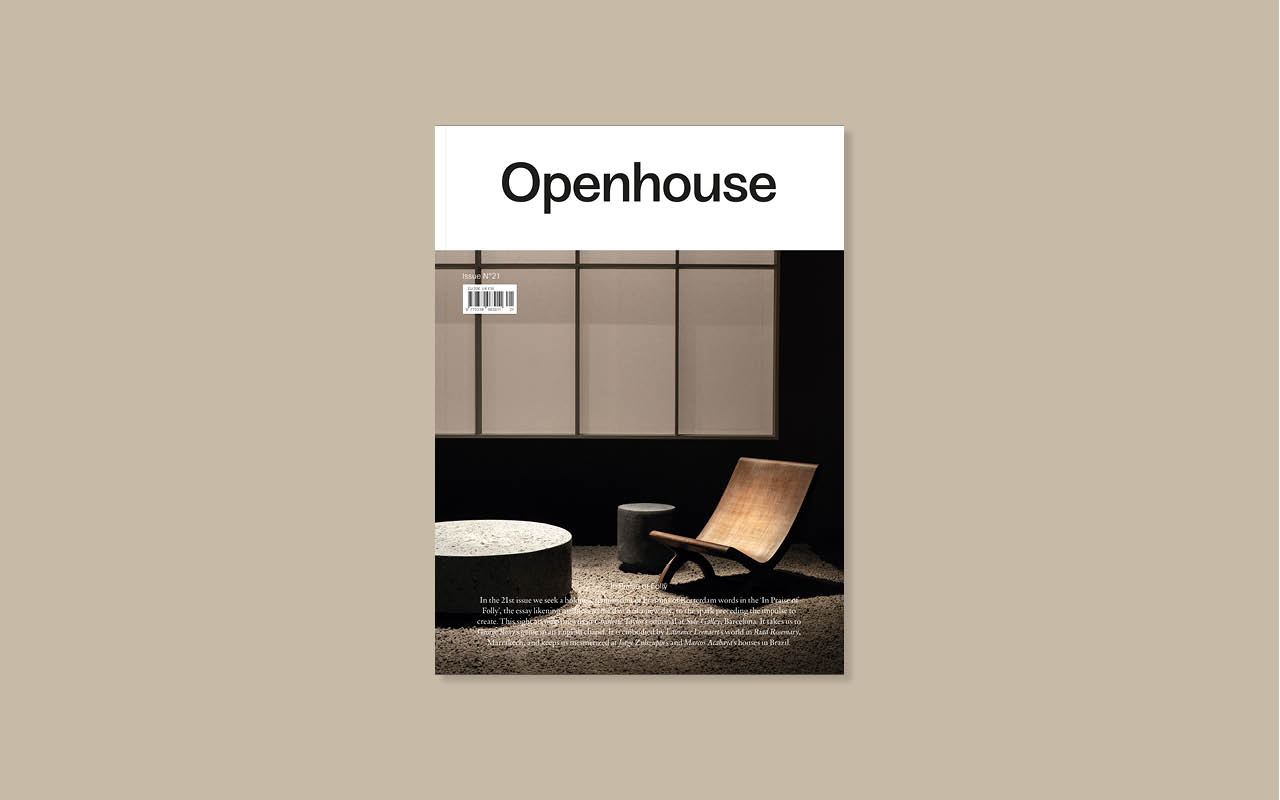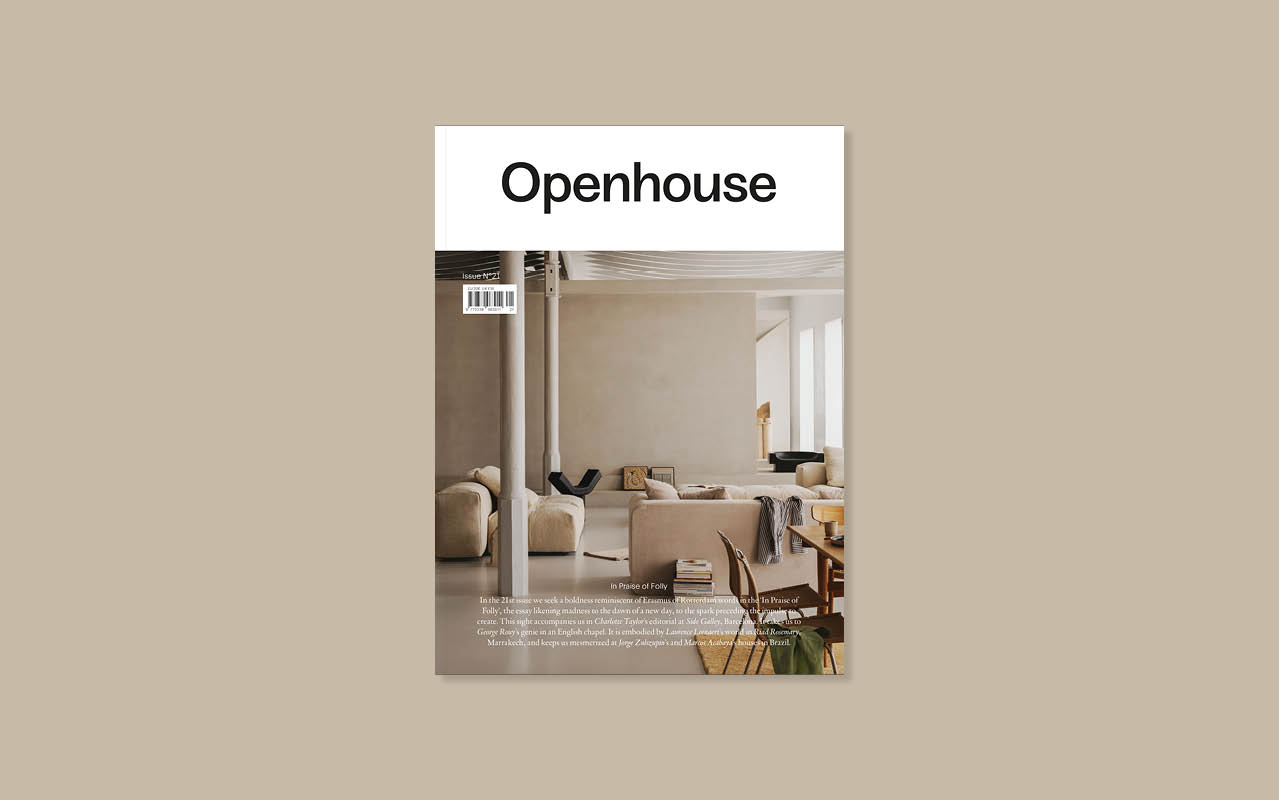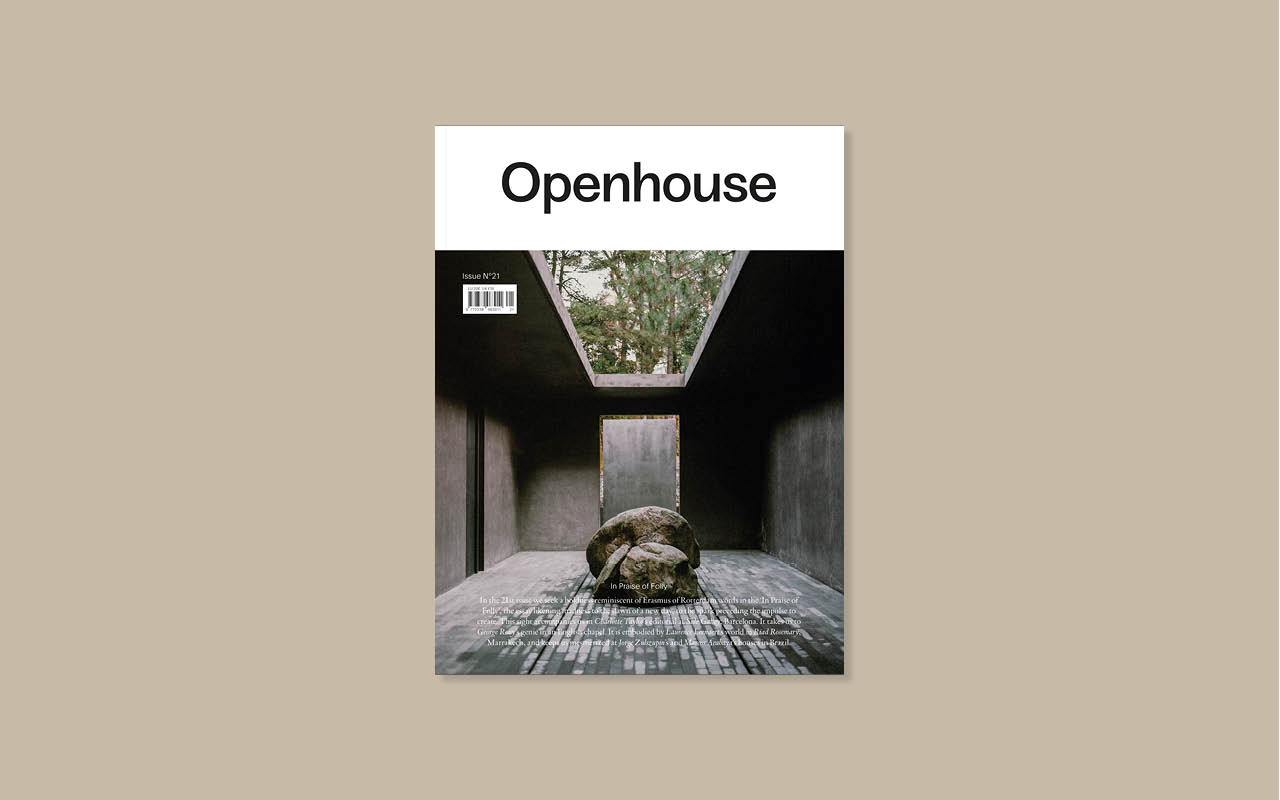There’s a certain tender allure in folly. The sharpness that holds just the right touch of madness can transform a mere notion into a remarkable revelation.
In his essay “Praise of Folly”, first printed in 1511, Erasmus of Rotterdam likened madness to the dawn of a new day, when warmth follows the chill of winter; to spring, when everything takes on a fresh visage, a new hue, and is once again imbued with youth.
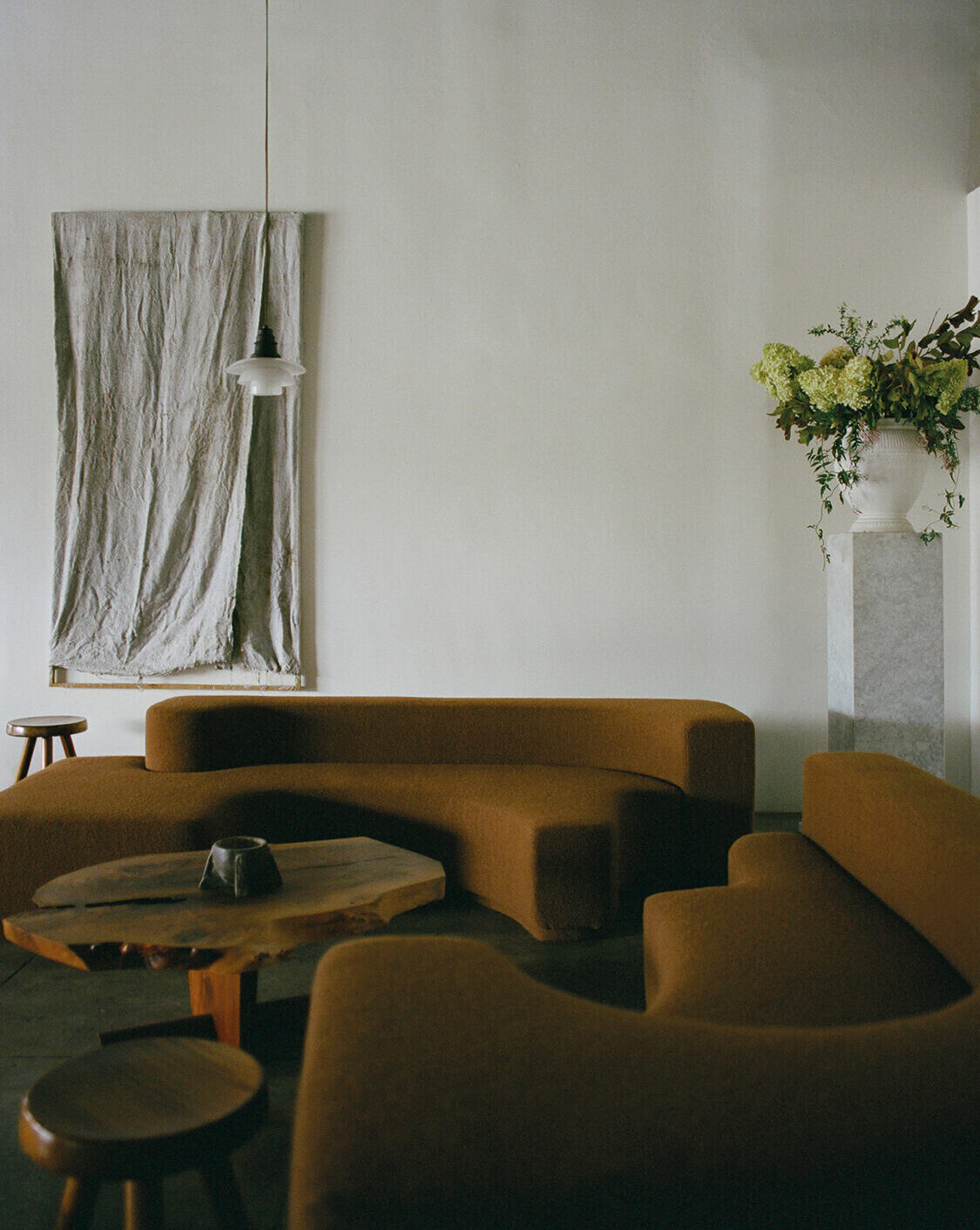
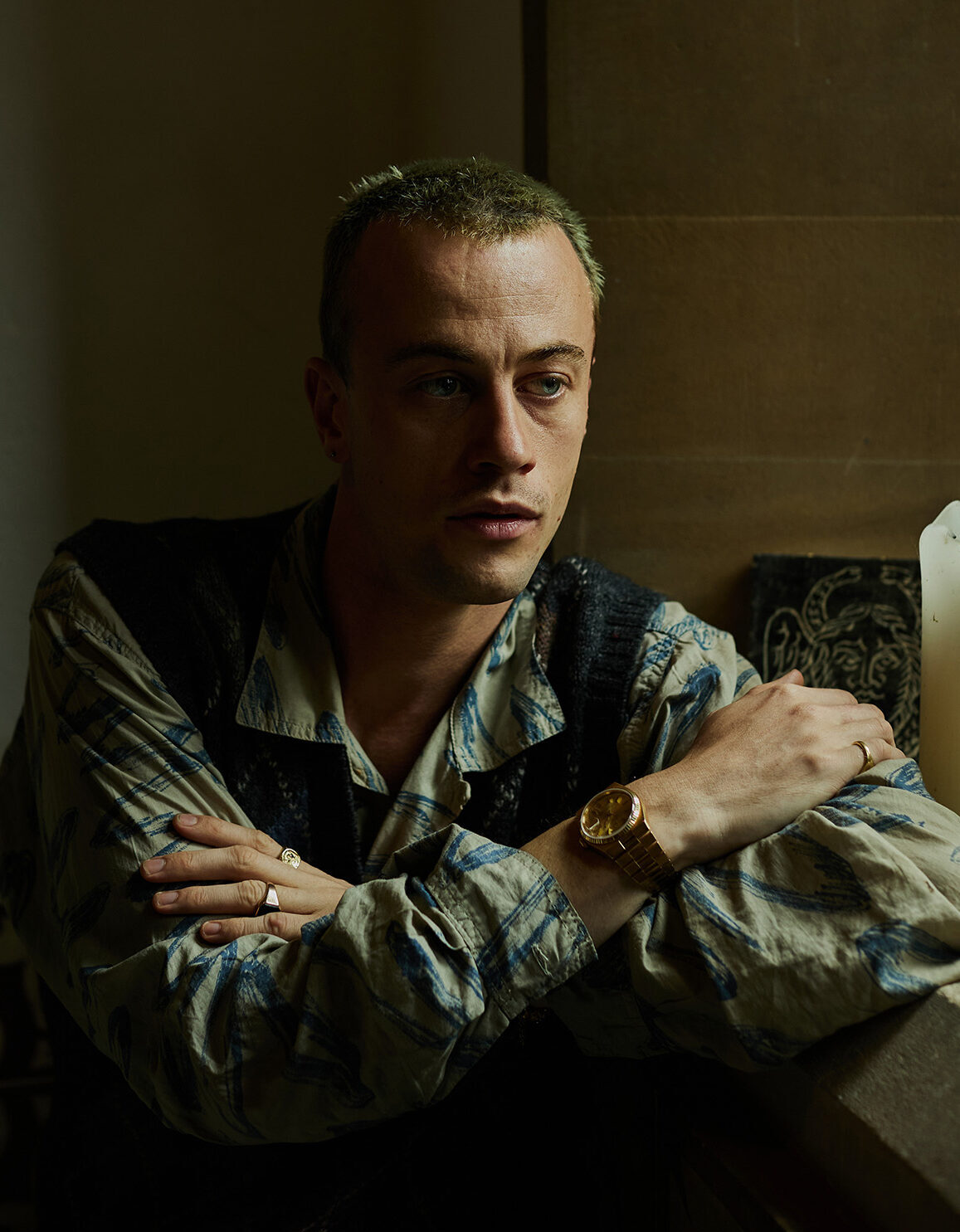 George Rouy
George RouyAt Openhouse, we seek a boldness reminiscent of Erasmus’ words. The initial spark preceding the impulse to create, that which emboldens individuals to cast aside fear and embrace levity. The evolutionary force fueled by play, a dedication to success, and the wisdom gleaned from missteps.
 Valentin Loellmann
Valentin LoellmannThe editorial signed by Charlotte Taylor in this issue epitomizes enjoyment and diversion: an installation where pieces dance between order and chaos, blending reason with madness, set against the ideal backdrop of Side Gallery.
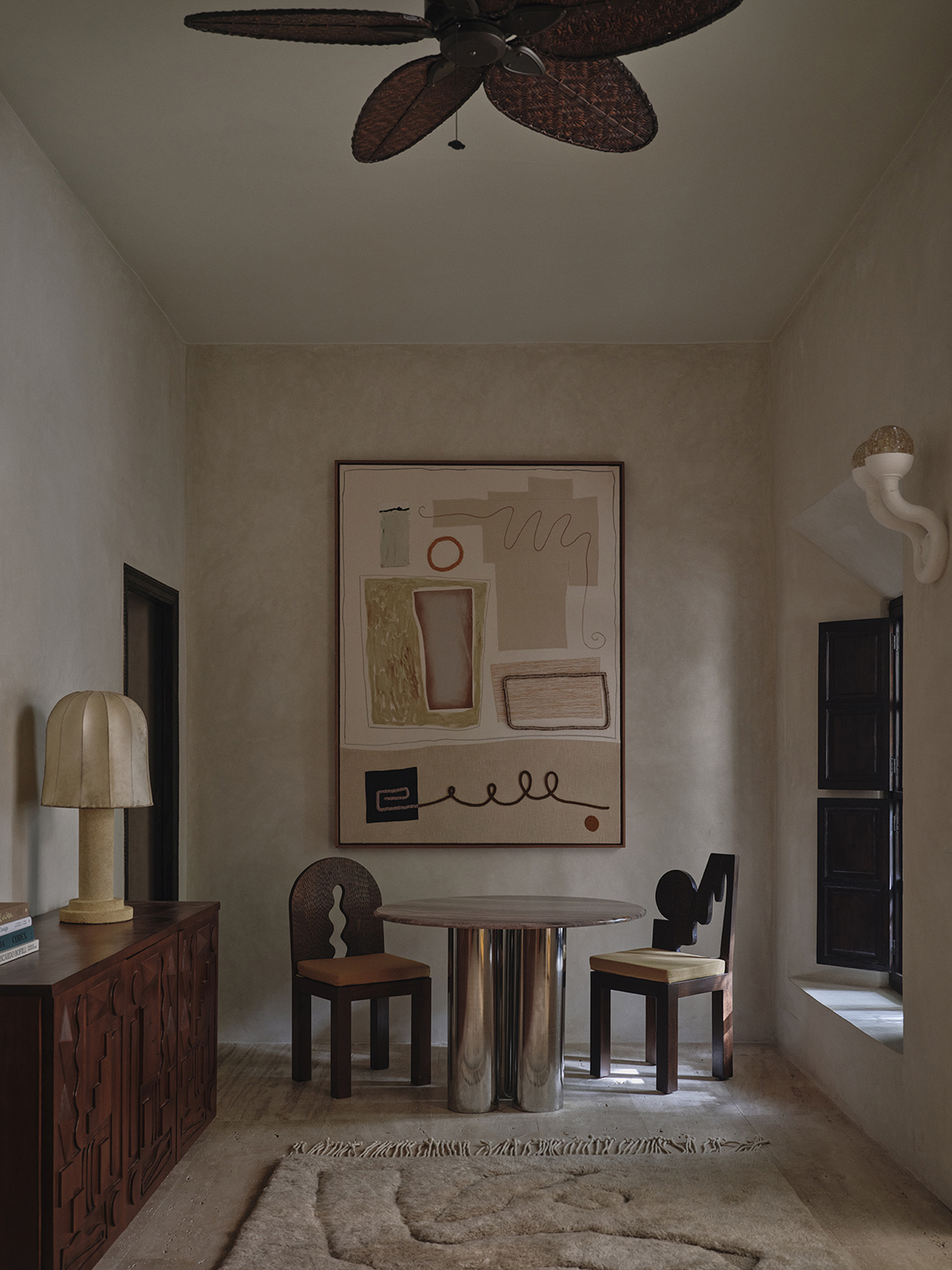 Riad Rosemary Marrakech
Riad Rosemary Marrakech  Palazzo Martinengo
Palazzo Martinengo 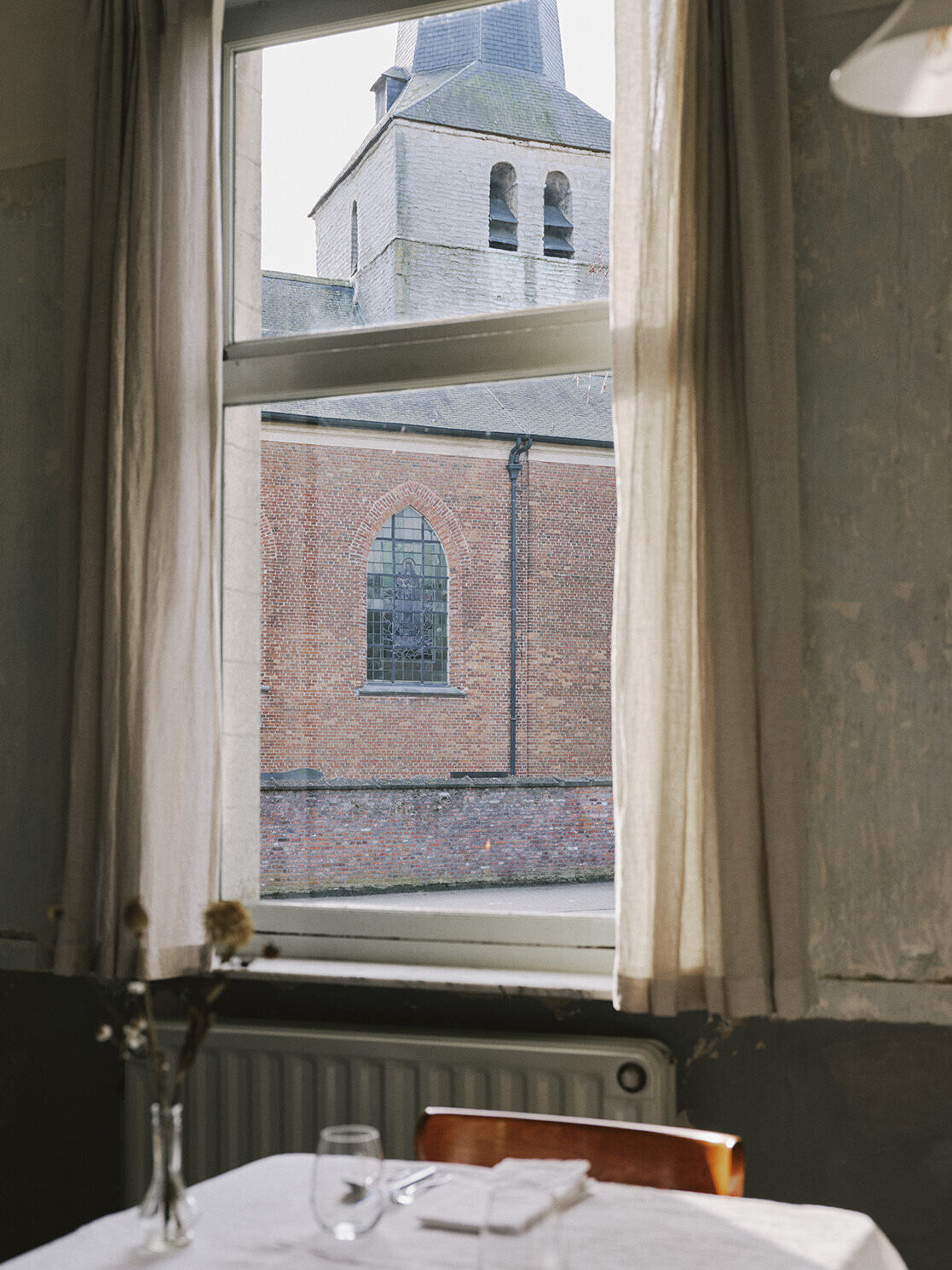 Chef Meteor
Chef Meteor Some craft ephemeral installations (like Charlotte), while others strive to forge a style, a new lexicon, a deeply personal and incomparable realm. Among the latter is Laurence Leenaert. Starting with ceramics and decorative objects, she encapsulates her passions in Riad Rosemary, an abode in Marrakech exuding an almost handcrafted charm.
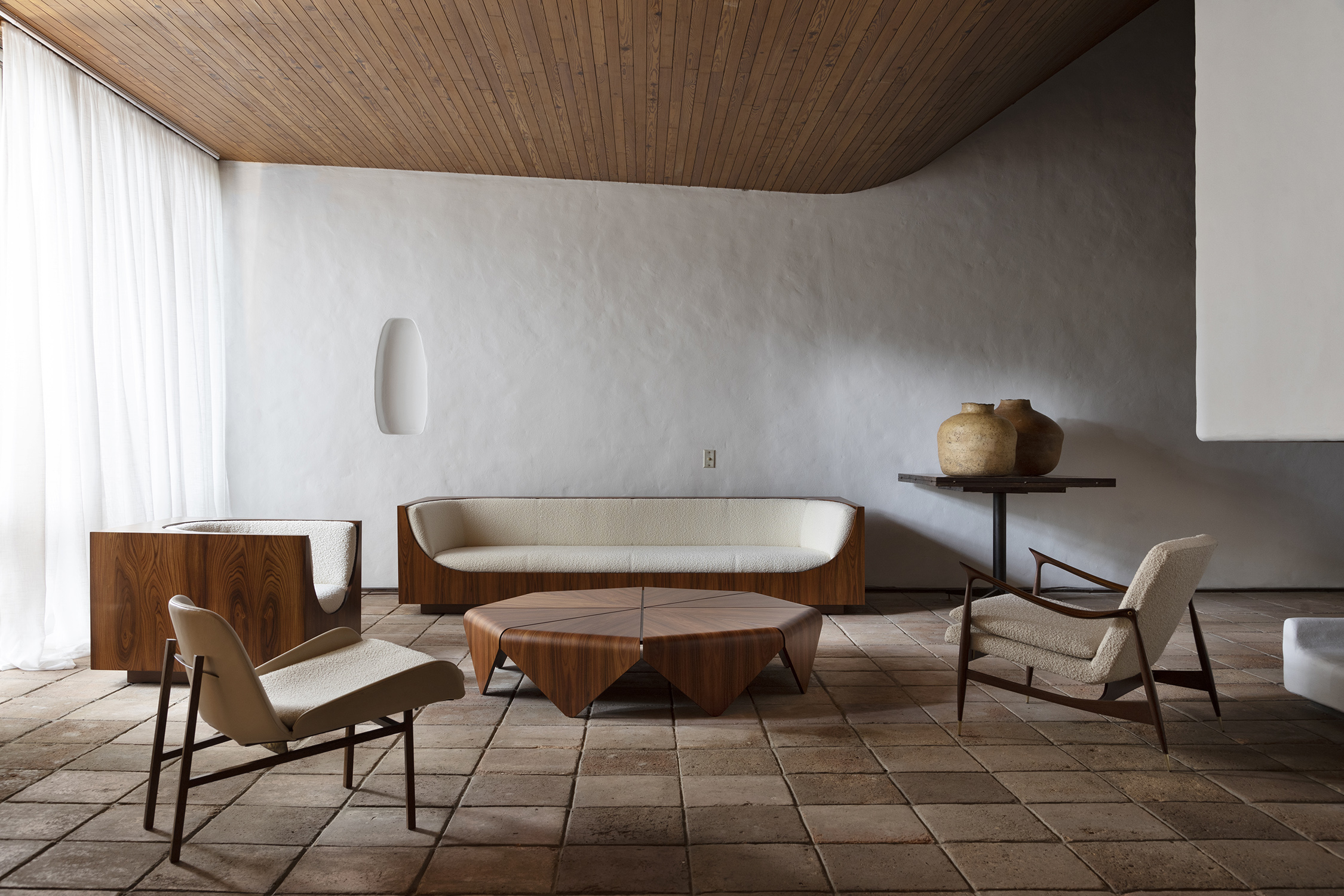 Casa Zalszupin
Casa ZalszupinIn the case of “Memory and Reinvention”, it’s the playing field —the once Clara Porset studio, that serves as a catalyst. The place where she conceived her celebrated Butaque is the creative spirit behind the residency program launched by Habitación 116 and Studio Andrew Trotter. In addition, the project brings back the artistic essence for which the whole building at Parque Melchor Ocampo 38, was erected for.
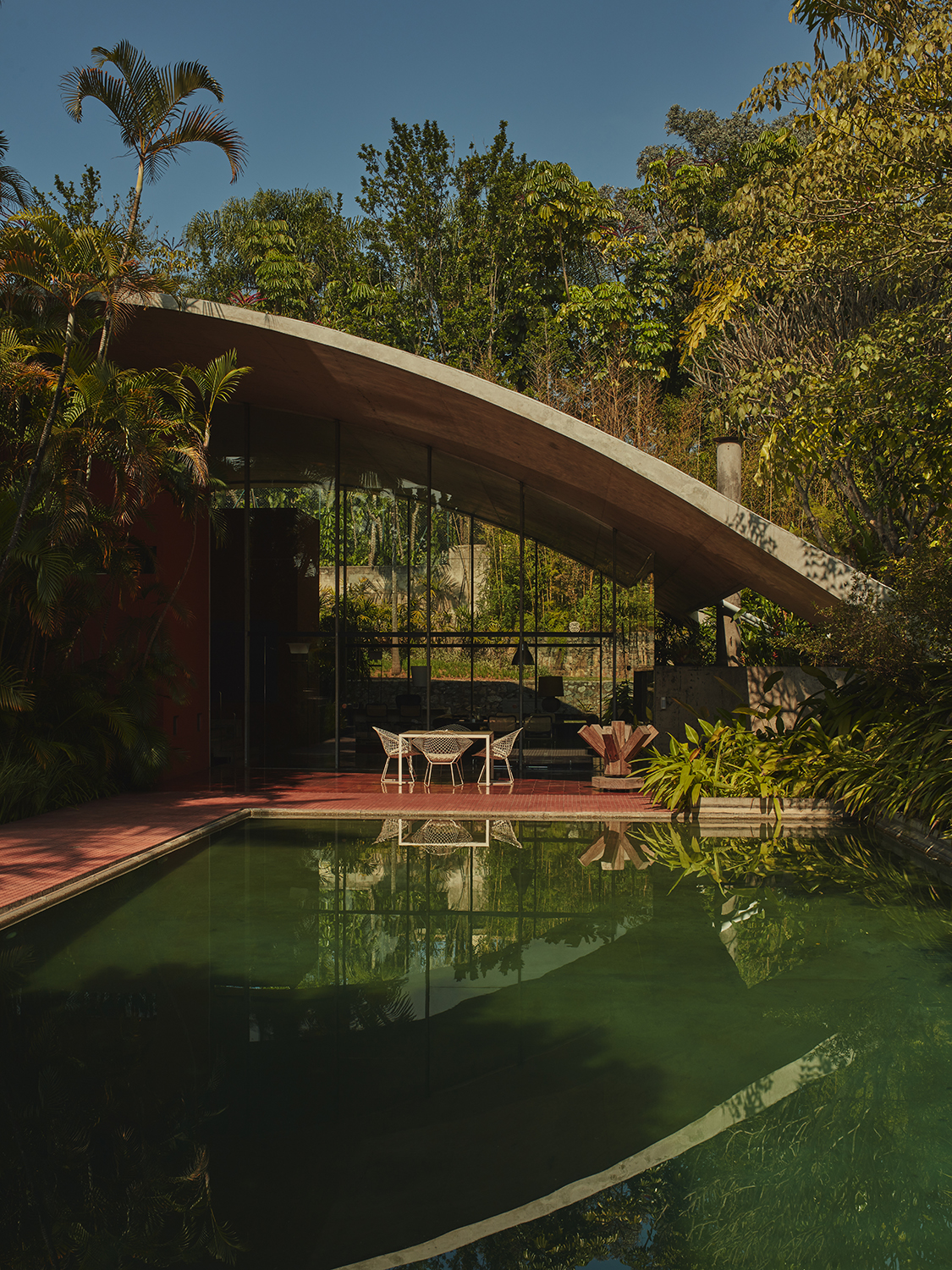
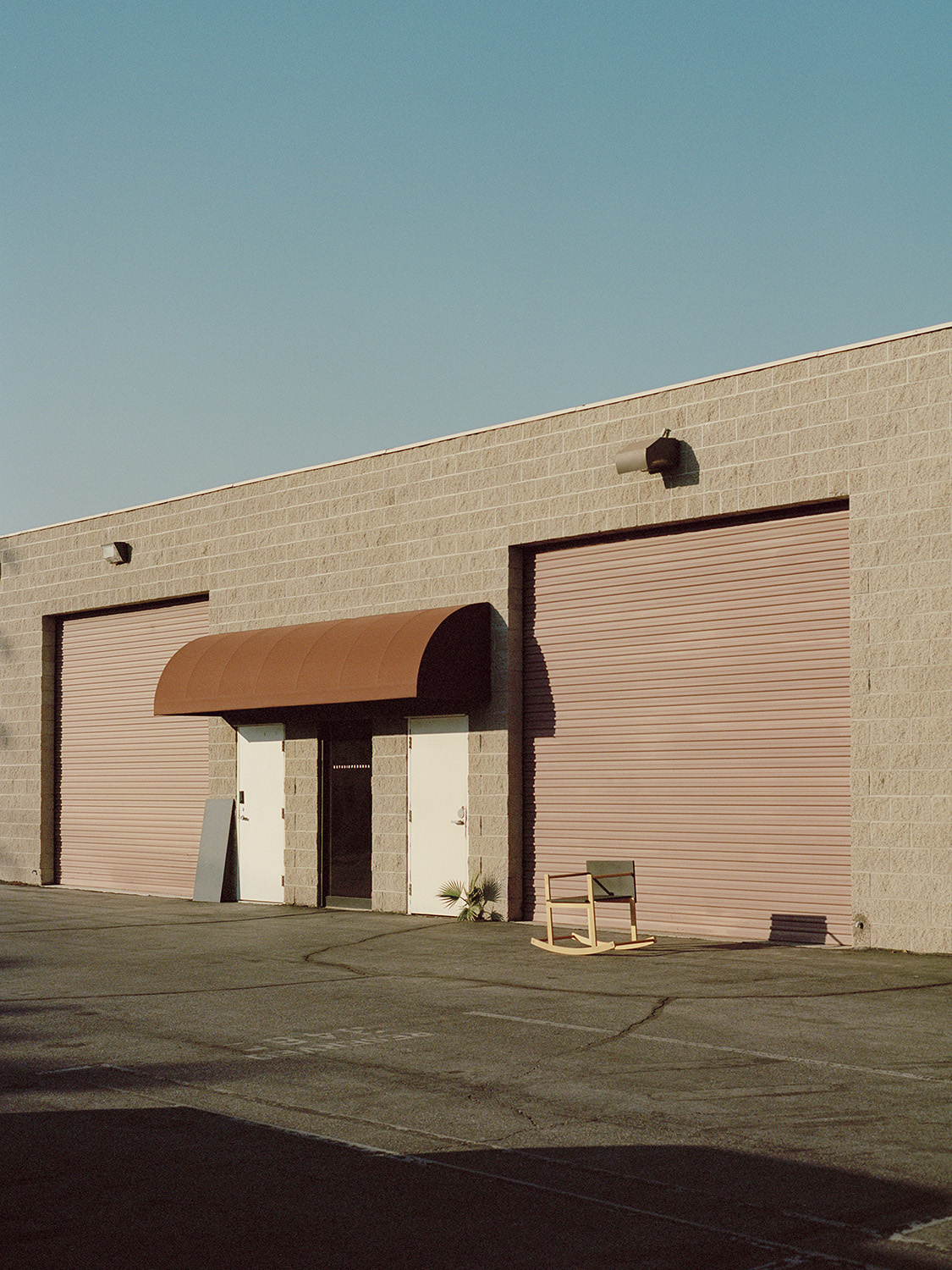 Waka Waka
Waka Waka The church George Rouy calls home is an endless wellspring of inspiration. “Living here, immersed in my own world, has undoubtedly shaped my sense of what’s possible,” reflects the artist from his converted chapel in southeastern England. “With its open plan and my solitary presence, it feels like a playground, brimming with possibilities…”
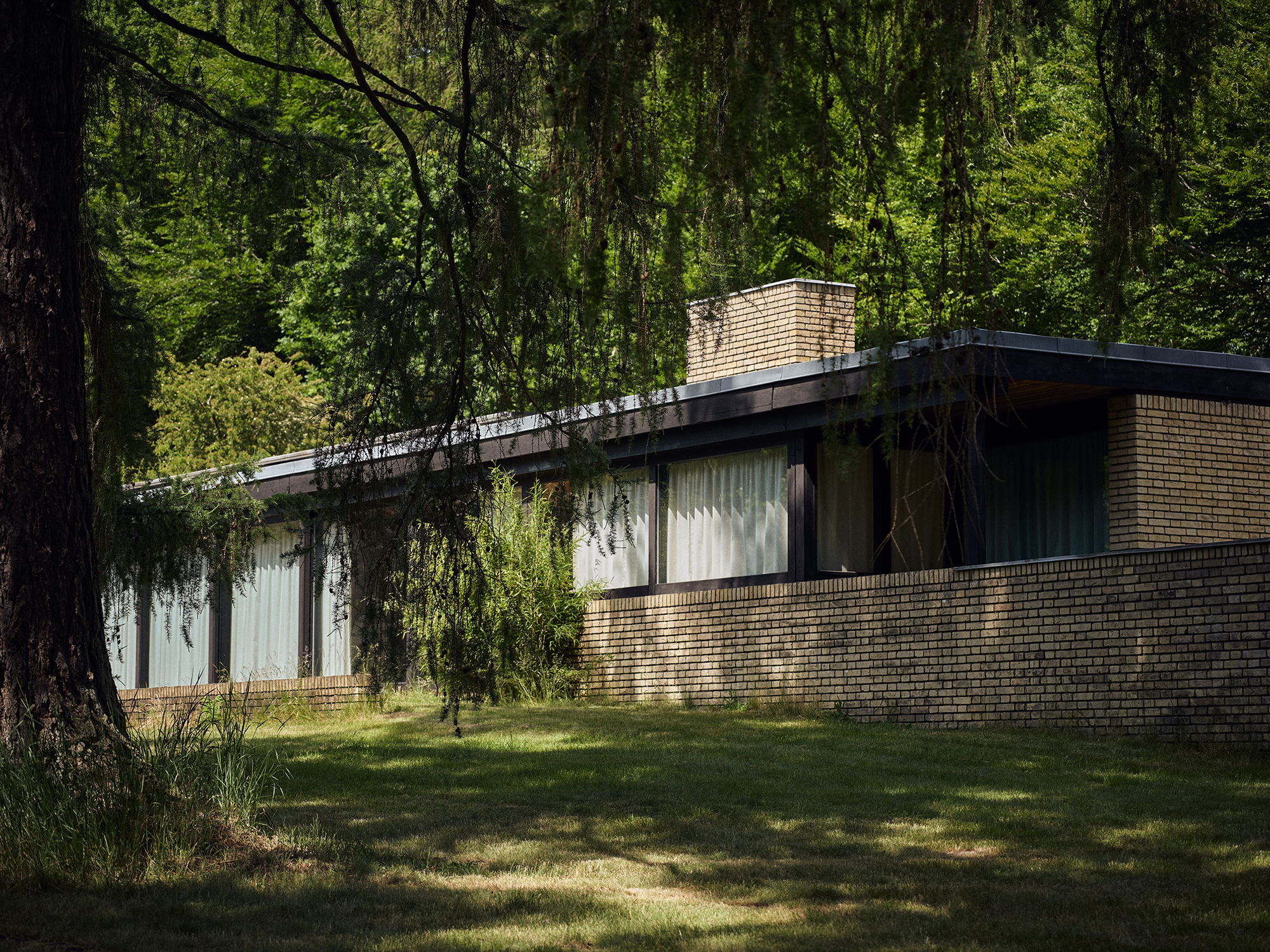 Jan Utzon's house
Jan Utzon's house Erasmus of Rotterdam suggests that madness can wield a liberating and inventive force in human existence. It is true that we cannot unearth new facets of ourselves without daring to be bold, shedding our fears, and surrendering to the youthful innocence of apprenticeship.
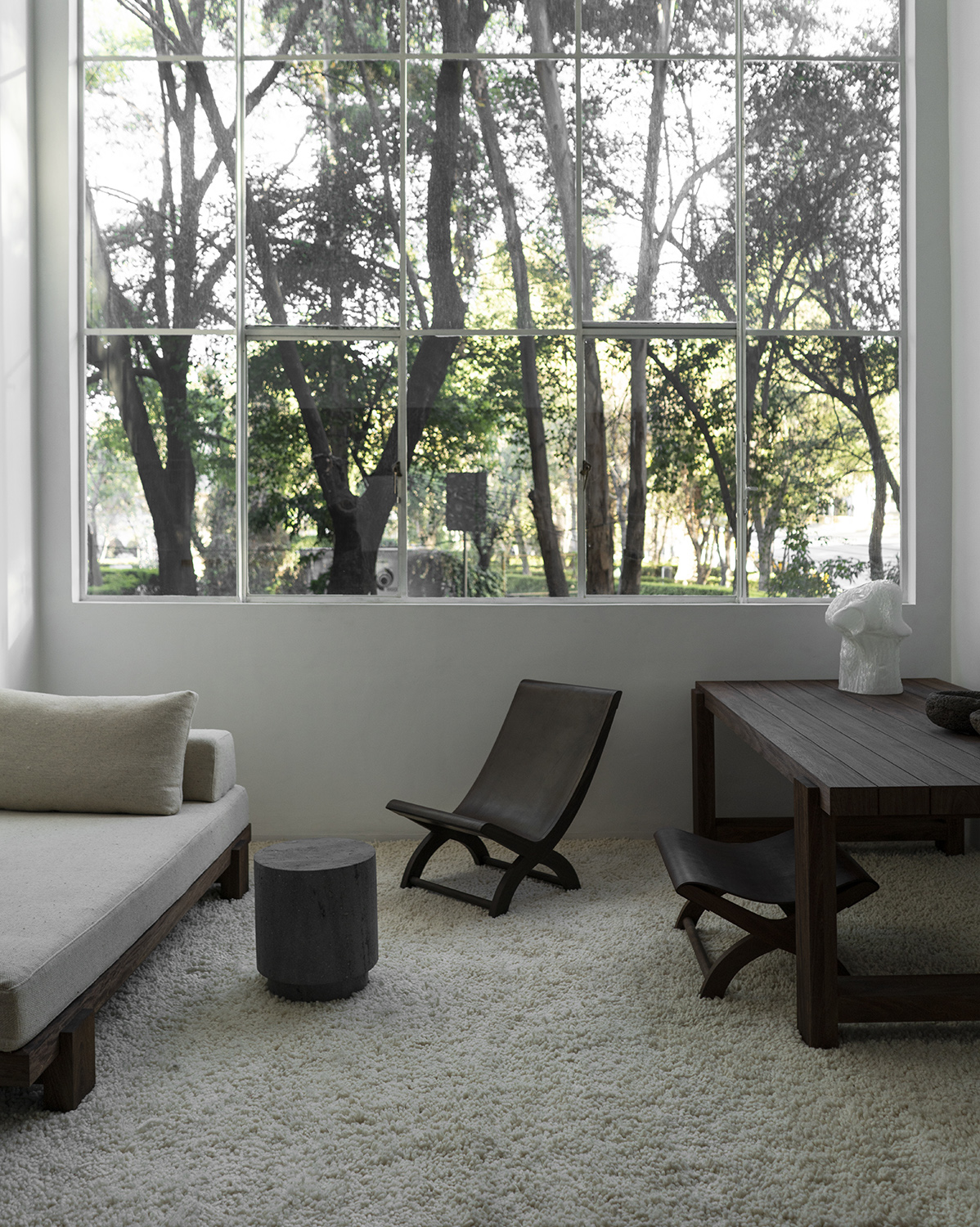 Habitación 116
Habitación 116 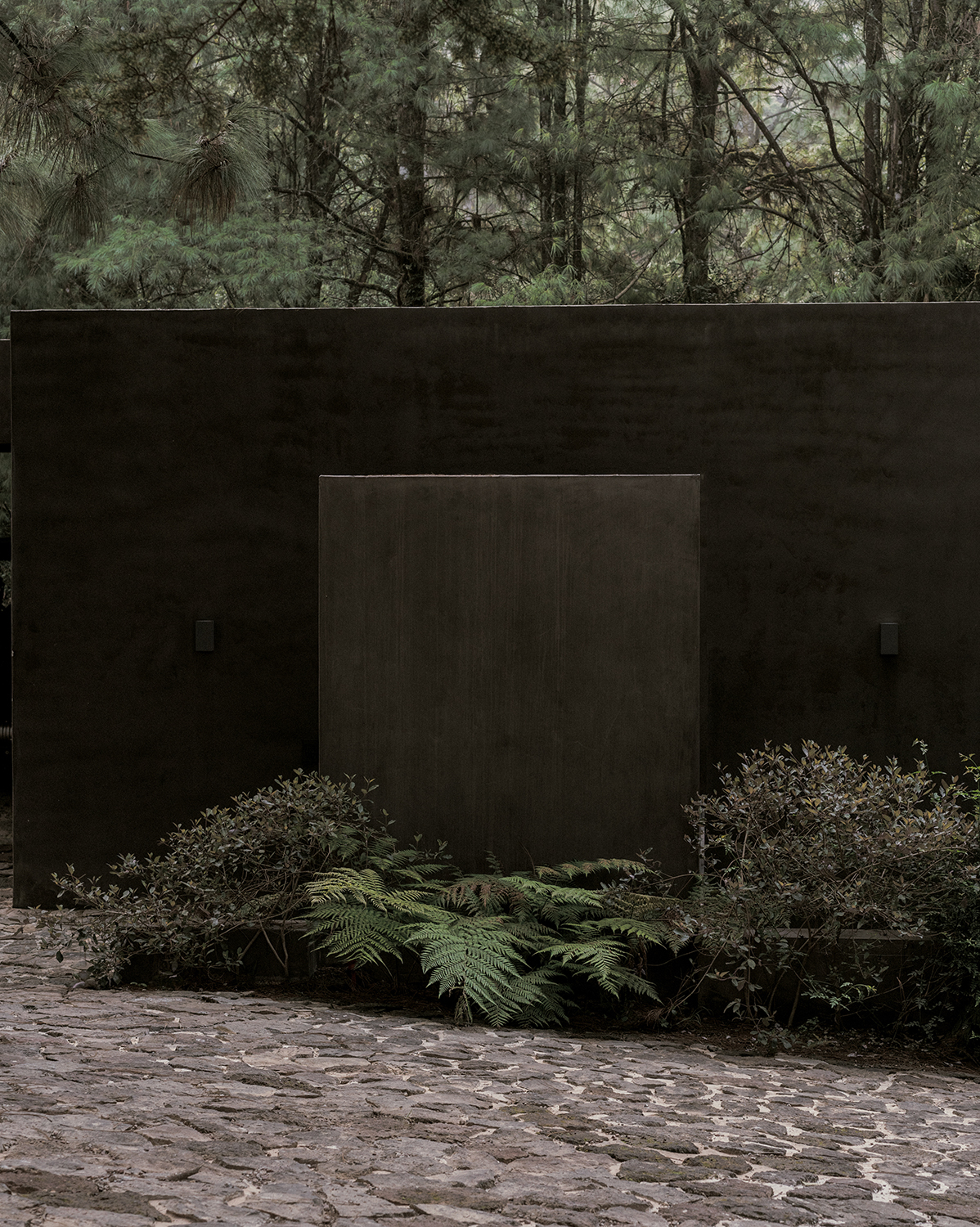 Casa Copas
Casa Copas I like to believe that the pages of this latest edition exemplify just that—a showcase of creative minds whose audacity propelled them to disregard others’ rules and forge their own path.
